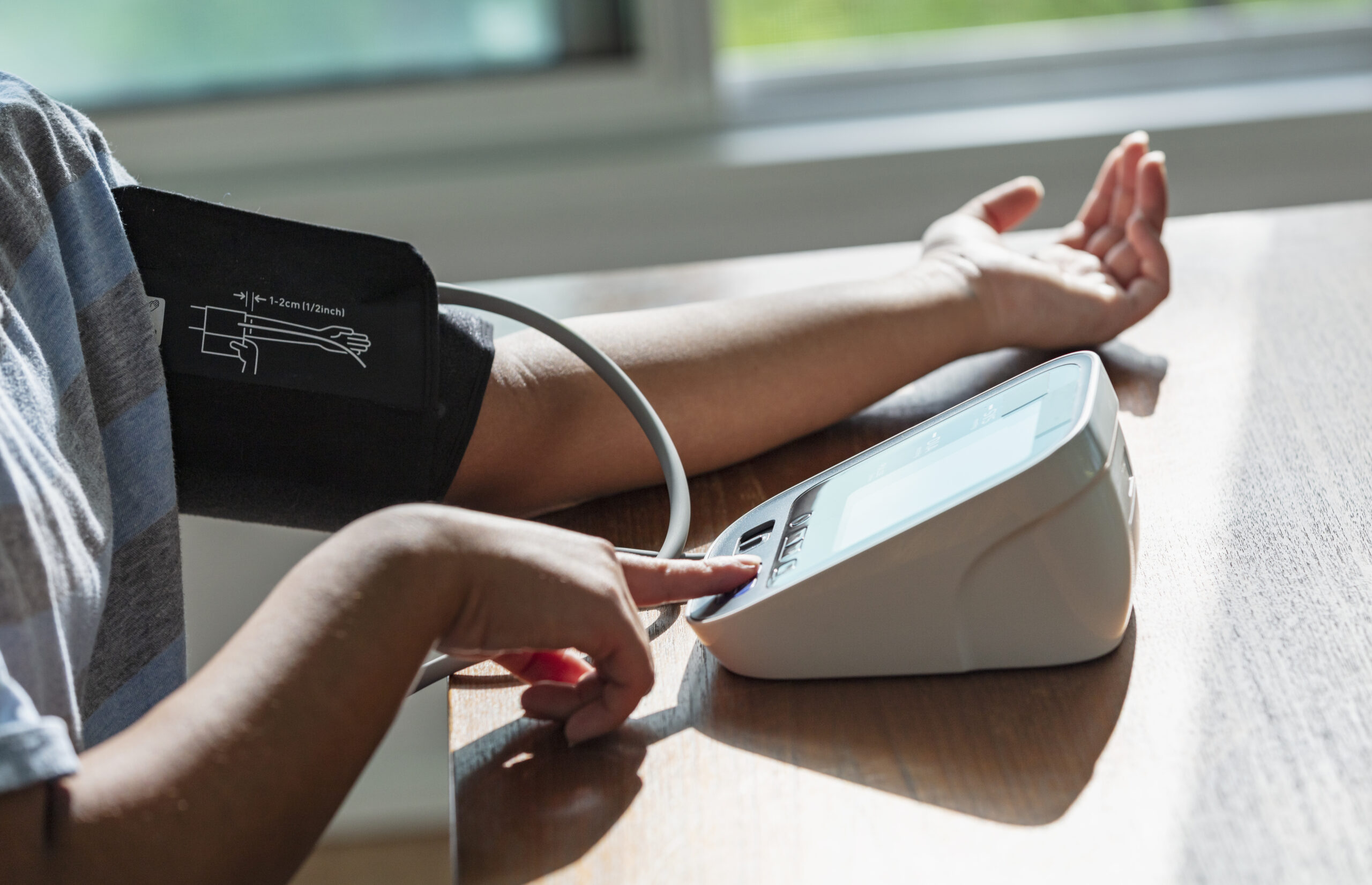Accurate blood pressure measurement is crucial for diagnosing and managing hypertension, a condition that affects millions worldwide and is a significant risk factor for cardiovascular diseases. One often overlooked aspect that can influence the accuracy of blood pressure readings is the position of the arm during measurement. This article delves into how different arm positions can affect blood pressure readings and provides guidance on achieving the most accurate measurements.
Importance of Accurate Blood Pressure Measurement
Blood pressure measurement is a routine procedure performed in clinical settings and at home to monitor cardiovascular health. Accurate readings are essential for diagnosing high or low blood pressure and are critical in guiding treatment decisions. Incorrect measurements can lead to misdiagnosis or inappropriate management of hypertension, potentially resulting in inadequate treatment or unnecessary medication adjustments.
Impact of Arm Position on Blood Pressure Readings
The position of the arm during blood pressure measurement can significantly impact the accuracy of the readings. The standard practice recommended by health organizations, such as the American Heart Association, is to position the arm so that the cuff is level with the heart. Deviations from this position can lead to incorrect blood pressure readings, which may be misleading.
Arm Below Heart Level: When the arm is positioned below the level of the heart, gravity can cause an artificial increase in blood pressure readings. Studies have shown that for every 10 centimeters the cuff is below heart level, the systolic blood pressure measurement can be artificially increased by up to 2 mmHg. This positioning can lead to an overestimation of blood pressure and might result in unnecessary treatment for hypertension.
Arm Above Heart Level: Conversely, if the arm is held above heart level, the blood pressure reading can be falsely lowered. This is due to the hydrostatic pressure effect, where blood pressure decreases with the vertical distance from the heart. Such a positioning error can underestimate the patient’s blood pressure, potentially leading to a missed diagnosis of hypertension.
Arm Unsupported: Another common issue is leaving the arm unsupported during the measurement. If the arm is hanging by the side or if the patient is holding it up, muscular work may increase the venous return and blood pressure temporarily. Supporting the arm on a flat surface, ideally at heart level, ensures that extraneous factors do not influence the blood pressure reading.
Best Practices for Accurate Blood Pressure Measurement
To minimize errors due to arm positioning, several best practices should be followed:
- Position the Arm Correctly: Ensure that the arm is at heart level, supported on a flat surface, and that the elbow is slightly flexed.
- Use an Appropriate-Sized Cuff: The cuff size should be appropriate for the circumference of the patient’s arm. A cuff that is too small or too large can give false readings.
- Check Both Arms: Initial blood pressure measurements should be taken on both arms to identify any differences. If there is a significant difference, the arm with the higher reading should be used for subsequent measurements.
- Repeat Measurements: To account for variability, take multiple readings and calculate an average. This practice is particularly important if the initial readings are unusually high or low.
Educating Patients and Healthcare Providers
Education plays a critical role in ensuring accurate blood pressure measurements. Both healthcare providers and patients who monitor their blood pressure at home should be trained on the correct techniques, including how arm position affects readings. Regular training and assessments can help maintain high standards in blood pressure measurement and cardiovascular care.
Conclusion
The position of the arm is a critical factor in obtaining accurate blood pressure readings. By understanding and adhering to best practices in arm positioning, healthcare providers and patients can ensure more reliable measurements, leading to better diagnosis, treatment, and management of blood pressure-related health conditions. As healthcare continues to advance, emphasizing simple yet essential details like arm position during blood pressure measurement will be key in enhancing overall cardiovascular care.
